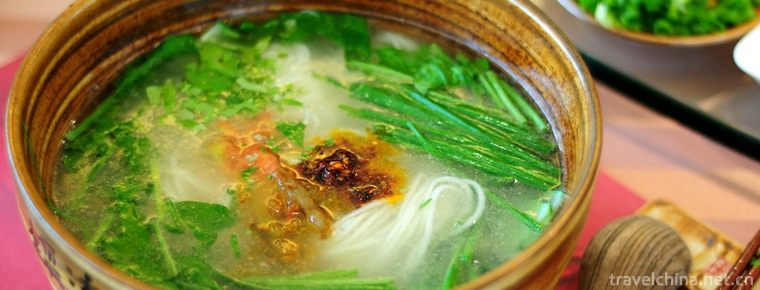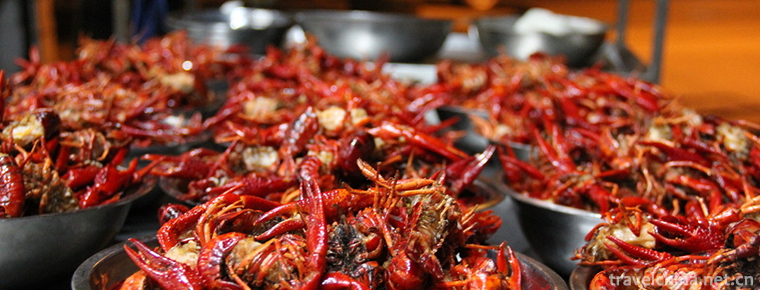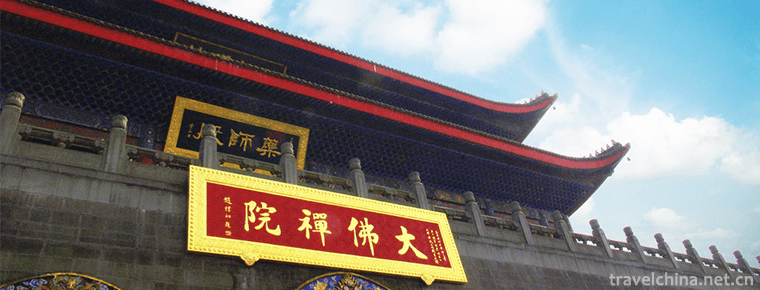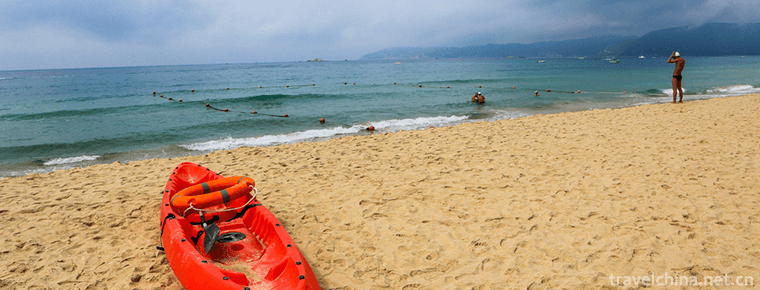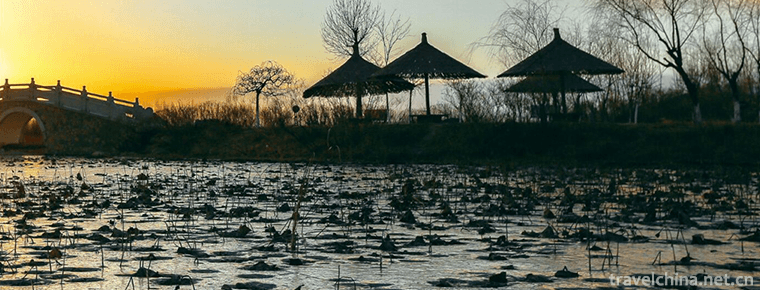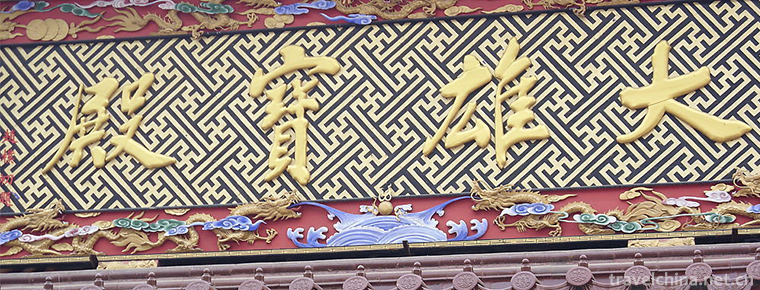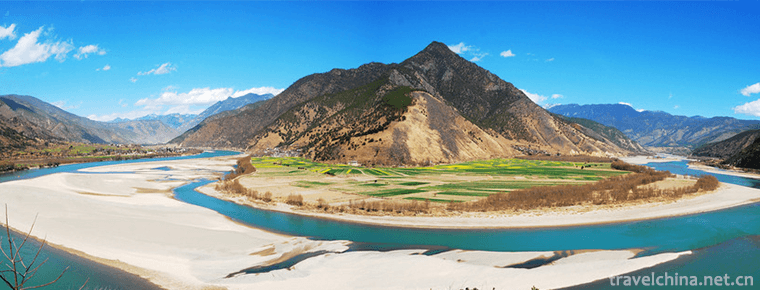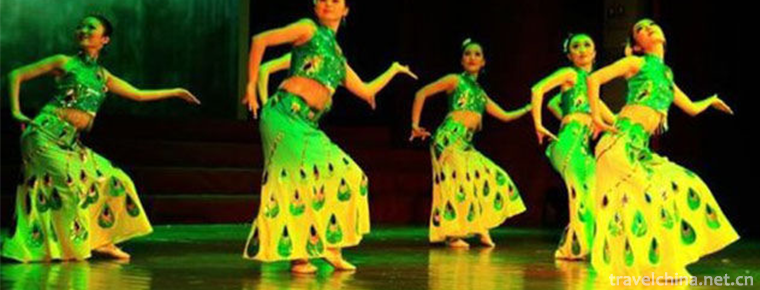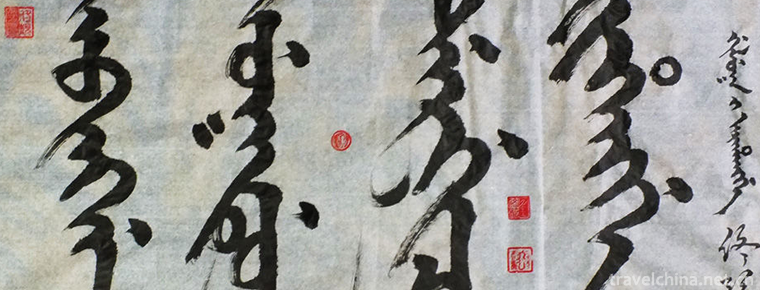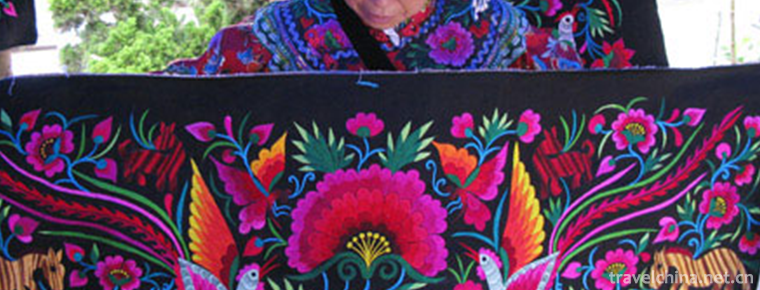Taierzhuang Ancient City Scenic Area
Taierzhuang Ancient City Scenic Area
Taierzhuang Ancient City, located at the center of the Beijing-Hangzhou Grand Canal, is located at the junction of Taierzhuang District, Zaozhuang City, Shandong Province, and the four provinces of Shandong, Jiangsu, Henan and Anhui. The ancient city began in Qin and Han Dynasty, developed in Tang and Song Dynasties, prospered in Ming and Qing Dynasties, and was known as "the first village in the world" (bestowed by Qianlong in Qing Dynasty). The ancient city covers an area of 2 square kilometers, 11 functional zones, 8 scenic spots and 29 scenic spots. It is the largest ancient city in China. As a national AAAAA-level tourist attraction, it has the reputation of "the most beautiful water town in China".
The ancient city of Taierzhuang is known by the World Tourism Organization as "the living ancient canal" and "the remaining heritage villages of the Beijing-Hangzhou Canal". The ancient city of Taierzhuang includes ancient rivers, ancient wharfs, Chinese ancient water city, Taierzhuang War Memorial Hall and cross-strait exchange base. It is the only two cities in the world that have been rebuilt as world cultural heritage due to the destruction of World War II artillery.
The first batch of national practical education bases for primary and secondary school students.
geographical environment
Location context
Taierzhuang Ancient City is located in the southeast of Zaozhuang City, Shandong Province, at the central point of the Beijing-Hangzhou Grand Canal. It is located in the north latitude of 34 degrees 32'28.24 east longitude of 117 degrees 47'14.00. It covers an area of 2 square kilometers.
climate
Taierzhuang Ancient City is a temperate monsoon climate, which is greatly influenced by the ocean. It has four distinct seasons, abundant sunshine, abundant heat and long frost-free period. The annual average temperature is 14 C and the annual average precipitation is 794 mm. The average annual sunshine hours are 2182.3 hours and frost-free. The dominant wind direction for the whole year is the northeasterly wind, with an average wind speed of 2.3 m/s. Spring generally lasts about two months from March 24 to May 19, with the characteristics of rapid temperature rise, less precipitation, windy and strong evaporation; Summer lasts about four months from May 20 to September 18, with hot and humid weather, high temperature and heavy rain; Autumn lasts two months from September 19 to November 10, with reduced precipitation, lower temperature and cool weather. Sunshine is abundant, occasionally high temperature weather, or continuous rain; winter from November 11 to March 23 of the following year, with cold and dry, more northwest wind, less rain and snow and so on. The annual average temperature is 14 C, the annual minimum average temperature is 8.2 C, and the annual maximum average temperature is 19.5 C.
Architectural features
layout
Taierzhuang Ancient City is located on the North Bank of the ancient canal, covering an area of 2 square kilometers. The core area of the first phase of the project is 75.8 hectares (16.9 hectares of aquifer system). There are 11 functional zones, 8 scenic spots and 29 scenic spots, with a total construction area of 370,000 square meters. The ancient city of Taierzhuang retains 2 kilometers of old canal road, 3.4 square kilometers of urban street texture, and 146 cultural relics (including 53 battlefield sites). It has 18 Wangtang and 15 kilometers of water streets and alleys. It is a veritable ancient Chinese water city.
Characteristic
Taierzhuang Ancient City has eight architectural styles, such as northern courtyard, Hui style building, water village building, southern Fujian architecture, European style building, religious building, Lingnan architecture and southern Shandong folk houses. During the Ming and Qing Dynasties and the early and middle period of the Republic of China, there were 6 watergates, 7 outposts, 8 blockhouses, 9 government offices, 18 pharmacies (hospitals), 33 temples, 40 schools, more than 100 other kinds of shops and more than 6,000 dwellings. The urban architecture is characterized by simplicity and simplicity. It has the characteristics of "seven parts of male and three parts of female". Many buildings are built along the river, with shops facing the street in front and canal wharfs behind. The architectural style of "natural, family and people" reflects not only the grandeur and solemnity of northern architecture, but also the ingenuity and beauty of southern architecture.
Famous scenery
Scenic spot
With the canal as the cultural axis, the framework of the ancient city has designed eight scenic spots: Guandi Temple scenic spot, Ximen Anlan scenic spot, Xuanfu Village scenic spot, Canal Street scenic spot, Banqiao-Huamen Tower scenic spot, Shuijie commercial scenic spot, Mosque-Jiulongkou scenic spot and Wetland Park. Corresponding to "Jiushui Huichuan, Taicheng Old Records, Tucun Green Shade, Miaowang Fuyu, Liuquan Wohong, Gubai Wangyue, Canal Market, Jiege Lingbo" and other eight scenic spots of the ancient canal city, 29 scenic spots such as the Senate General Office, Taishan Xinggong and Lanling Academy were planned and constructed. Combining the eight architectural styles of northern courtyard, southern Shandong folk houses, Hui-style buildings, water-town buildings, southern Fujian buildings, European-style buildings, religious buildings and Hakka buildings, we will build prosperous streets with Hui-style buildings as the main style, T-shaped streets with European-style buildings as the main style, water streets with water-town buildings as the main style, and Guandi Temple Scenic Area with Shanxi merchant houses as the main style.
Old History Scenic Spot of Ancient City
It covers an area of 38155 square meters and a building area of 30295 square meters, accounting for about one tenth of the core area of the first phase of the ancient city. There are mainly Ming and Qing Dynasty buildings of different styles, such as Shengjiang Department, Tianhou Palace, Cuiping School Hall, Taizhuang Post, Rishengchangji, Wenhui Restaurant, Xieyuda Tea Shop, Fufeng Hall, Tianshuitang, Sangetang, Southern Shandong Residence, Southern Fujian Residence, Jiujie Hotel, Linshui Business Shop, etc.
Anlanmen Scenic Area
The main scenic spots are Anlan Island, the old site of Ximen, Taierzhuang Museum of History and Culture, Shuimen, Ximen Bridge, Taierzhuang Battle Temporary Command Post, Buyunqiao, Guanyin Hall and inverted Guanyin Hall.
Guandi Temple Scenic Area
There are mainly temple Wang, monk's grave, Guandi temple, War Memorial plaza, Jinlong Dawang temple, Xiaonanmen, County submarine cultural museum, Wang Dexing number, ancient canal piers and other attractions and leisure catering places such as Hutianyuan.
Xuanfu Village Scenic Area
The main scenic spots of Xuanfu Village are Jiulong Temple, Chastity Archway, Xinglong Bridge, Xuanfu Village Folk Custom Courtyard, South Mosque, Shentai, Ancient Sluice Gate, Tuyuan and a hot spring resort hotel.
Beicheng River Scenic Area
The urban wetland park, featuring all kinds of wetland plants in Jiangbei Waterfront, has nine connected Wangtang and is connected with the moat. The main scenic spots are Lotus Lake, Shuilianwang, Luhuadang, Zhilanting, Yingweize, Linghuapu, Shuicang Beach, rice fragrance and other characteristic wetland landscapes, as well as Taohuawu, Yangliu Bank, Xinghuadu, Metasequoia embankment, Quanti Pavilion, Qingliangan, Youjiabu, Zhongzhengmen, Taishan Hanggong and other coastal attractions and service areas.
Huamen Tower Scenic Area
A recreational scenic spot featuring Wang Tang's traditional garden landscapes such as Banqiao Wang and Huamen Tower, the main attractions are Banqiao, Huamen Tower, Wanshuiqiao, Lanling Academy, Taierzhuang Water Culture and Art Museum, the old site of Lanling County Government, the site of the Great War Munition Wall, Xiaoshishashui Street Market in Huamen Tower, etc.
Canal Street Scenic Area
A scenic spot featuring leisure and canal landscape sightseeing mainly includes Tianhou Palace and Plaza Square, Noise Plaza, Hujia Grand Courtyard, Yujia Wharf, Taierzhuang Gate Site Park, Shuangxiang Wharf, Wang Gongqiao Wharf, Taishan Hall Private School, Taierzhuang Grand Canal History and Culture Exhibition Hall, Zhonghe Hall, Dehe Xiang and Dazhang Site Park.
Waterfront Street Scenic Area
A traditional shopping mall as the theme scenic spot, there are mainly 10,000 courtyards, Zhao courtyard, Wujia Ticket, Xinhe Street, Wang Lou Street and other commercial markets, Tianhou Palace Wharf, Fuxing Building, Xiaojiazhou and other scenic spots.
Ancient city honor
On October 23, 2010, Taierzhuang Ancient City won the top honor of "Top Ten Scenic Spots" in Shandong Branch of the 2010 China Tourism General Evaluation List.
On November 18, 2010, Taierzhuang Ancient Town won two awards in the first China Leisure Innovation Award, namely "Innovation Award for Tourism Scenic Spots" and "Innovation Award for Leisure and Tourism Planning and Design".
On January 13, 2011, the Qilu Evening News, the Provincial Tourism Bureau and the Qilu Cultural Research Center jointly sponsored the "New Landmark of Qilu Culture", and 10 projects, such as Taierzhuang Ancient City, were awarded the "Ten New Landmarks of Qilu Culture".
On August 3, 2011, it was included in the "Top Ten Potential Ancient Cities in China".
On June 24, 2012, he was awarded the "CICE Golden Wisdom Award" for Top Ten Copyright Enterprises.
On December 1, 2012, "Shandong Branch of the 2012 China Tourism General Assessment List" was announced. Taierzhuang Ancient City was awarded the honorary title of "Top Ten Tourism Scenic Spots in Shandong Province".
In May 2013, Taierzhuang Ancient Town was named "China's Four Most Beautiful Watertowns" by CNN. The reason for recommendation is: "Taierzhuang is the site of the key battles in the Second World War.
November 2017, won the second Boao International Tourism Communication Forum 2017 Wenlu Town.
Tourism information
traffic
Aviation: Zaozhuang
It is surrounded by Linyi Airport, Xuzhou Guanyin Airport, Baita Port Airport of Lianyungang, Qufu Airport of Jinan, Yaoqiang International Airport of Jinan and Liuting International Airport of Qingdao. The distance from the ancient city of Taierzhuang is 90 km, 110 km, 130 km, 280 km and 370 km, respectively.
High-speed railway: Beijing-Shanghai high-speed railway, Beijing, Shanghai to Zaozhuang traffic time is 2.5-3 hours; Changsha, Wuhan, Qingdao to Zaozhuang 6 hours, 4 hours, 4 hours, respectively.
Train: Zaozhuang and its surroundings are Zaozhuang Station, Xuzhou Station, Pizhou Railway Station and Linyi Railway Station. The distance between Zaozhuang and Taierzhuang is 50 kilometers, 73 kilometers, 48 kilometers and 80 kilometers, respectively.
BRT Bus Rapid Transit: Take the BRT Bus B10 Line of Zaozhuang High-speed Railway Station (about 90 minutes'journey) to the ancient city of Taierzhuang.
Zaozhuang West Railway Station takes Line B1, and the East Suburb Passenger Transport Center takes B2 (about 50 minutes'journey) to the ancient city of Taierzhuang.
Self-driving tour: Beijing-Fujian Expressway North (or south), under the exit of Zaozhuang Section (Hanzhuang/Taierzhuang), straight east, take a special tourist line (journey of about 25 kilometers), directly to the ancient city of Taierzhuang. Beijing-Fuzhou Expressway goes north (or south) to the exit of Zaozhuang (Linyi Tangzhuang), then goes to Zaozhuang Bus Station, then passes through 10,000 Mu pomegranate garden along National Highway 206, and then reaches the ancient city of Taierzhuang. Under the exit of Taierzhuang, Zao Linlin Expressway travels eastward (or westward) and southward, along the Zao Tai Line (about 15 kilometers) to the ancient city of Taierzhuang.
line
Painting Boat Tour to Ancient City
Ticket Price: Roundtrip 30/seat
(1) Qingyuyuan Pier-Memorial Pier-Ximen Pier
(2) Search for the Ancient Bank: Ximen Wharf-Luojia Wharf-Ximen Wharf
Locke Wharf-Simon Wharf
Night tour of the ancient canal
Cruise Route: Ximen Wharf - War Memorial Hall - He Jingzhi Literature Museum - Li Zongren Historical Materials Museum (Return) - Wuxing Wharf - Shuimen Wharf - Wanjia Wharf - Zhaojia Wharf - Tianhou Palace Wharf - Shuguan Wharf - Yujia Wharf - Xiaonanmen Wharf (Return) - Ximen Wharf
Water Upstream Ancient City
Enjoy the scenery of the ancient city, the ancient revetment and the ancient wharf from close distance in the whole ancient canal
Route: Yacht Wharf - Fuxing Square Wharf - Wanggong Bridge Wharf
Sightseeing bus tour
Enjoy the beauty of the ancient canal
Route: BRT Parking lot - He Jingzhi Literature Museum - Taierzhuang War Memorial Hall - West Gate of Taierzhuang Ancient City
Pictures From:
http://bbs.fengniao.com/forum/10546905.html
http://bbs.fengniao.com/forum/10541849.html

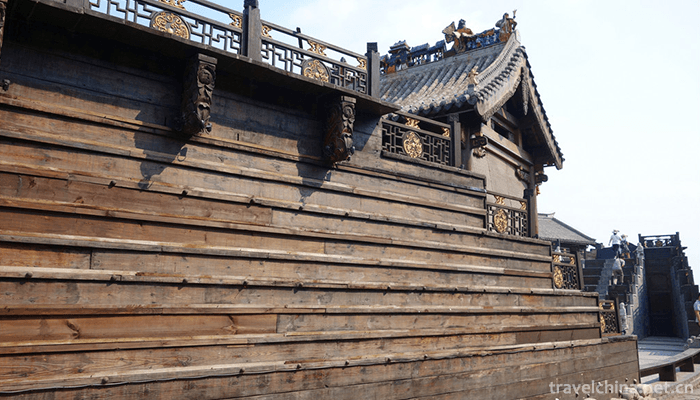
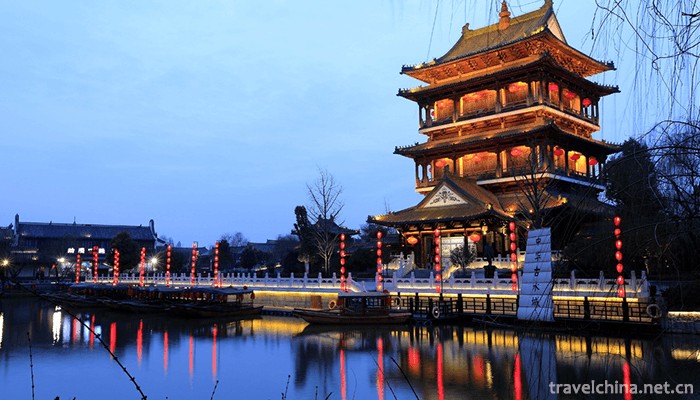
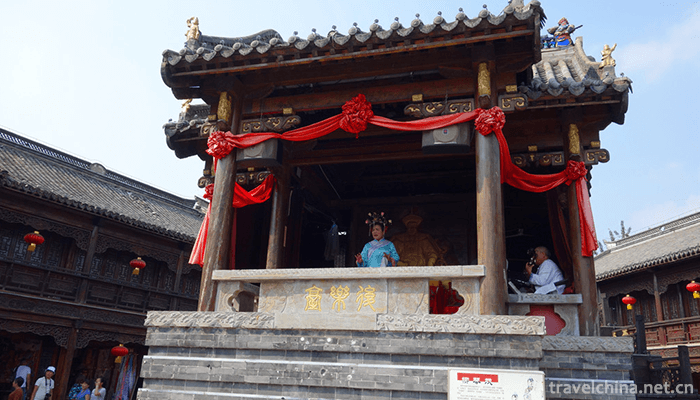
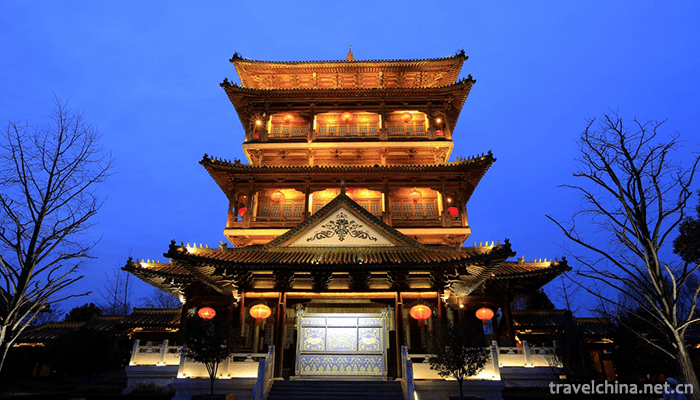
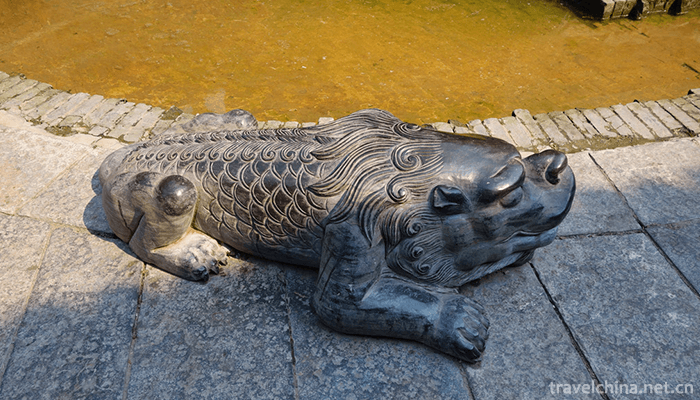
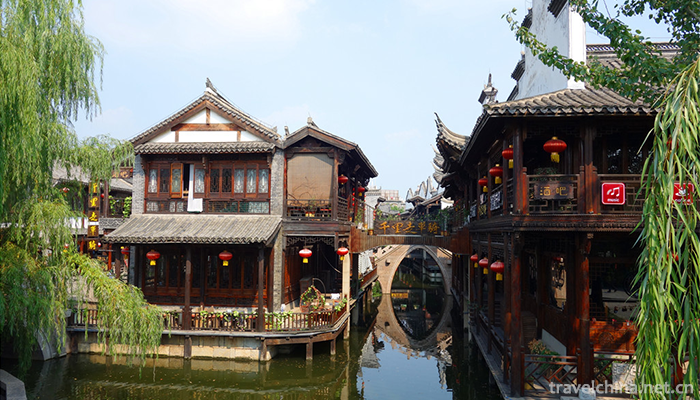
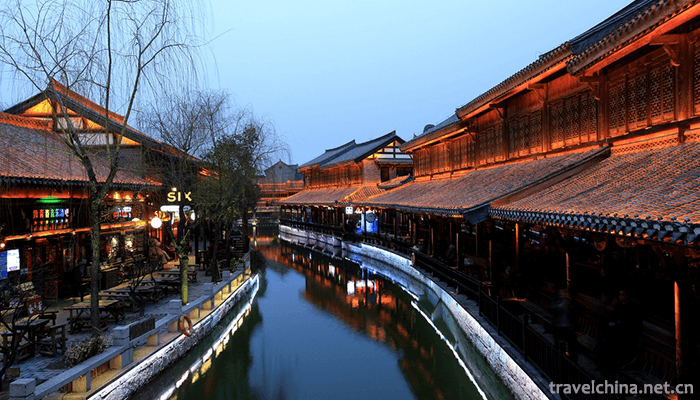

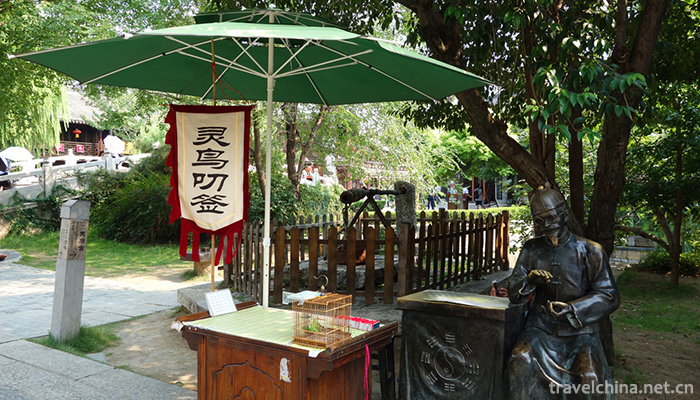
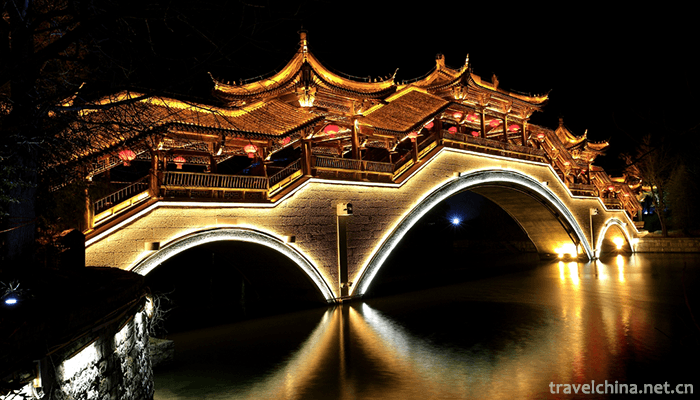
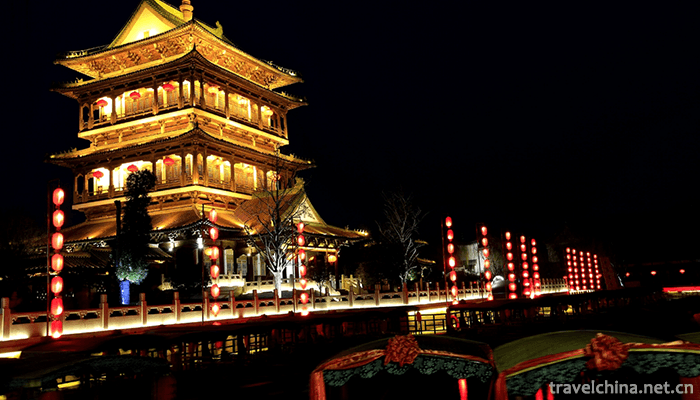
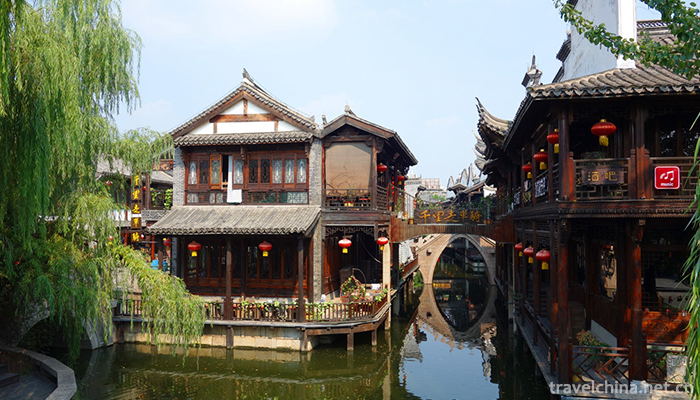
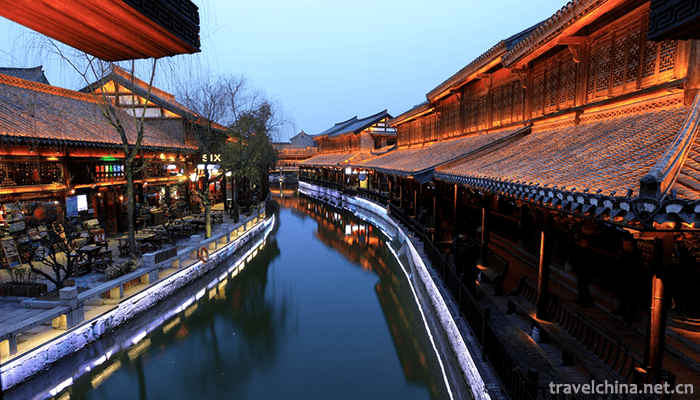

Taierzhuang Ancient City Scenic Area
-
waterless rice noodle
Bait silk is one of the special snacks in Yunnan. It is mainly made from rice
Views: 154 Time 2018-10-17 -
taste shrimp
Taste shrimp, also known as spicy crayfish, Changsha taste shrimp, spicy crayfish and so on, is a well-known traditional snack in Hunan Province
Views: 231 Time 2018-11-14 -
Buddhist Cultural Tourist Area of Great Buddha and Zen Temple
As the first door to worship Mount Emei, the Buddha Zen Temple is the first stop to pray and worship in Emei, and it is also a must-go place. The Grand Buddha Temple, formerly known as the Grand Buddh
Views: 173 Time 2019-01-06 -
Longwan Seaside Scenic Area
Longwan Beach, also known as Longwan Beach Scenic Area, spans Xingcheng City and Longgang District. The total length of the coastline is more than 3000 meters, covering an area of 10.9 square kilomete
Views: 153 Time 2019-02-06 -
Mingcui Lake National Wetland Park
Yinchuan Mingcuihu National Wetland Park is located in Zhangzheng Town, Xingqing District, Yinchuan City, Ningxia. It is 9 kilometers away from Yinchuan City and 3 kilometers
Views: 184 Time 2019-02-07 -
Nanhai Chan Temple
Nanhai Chan Temple, a national AAAA scenic spot, is located in the southeast corner of Runan County, Zhumadian City, Henan Province, China
Views: 136 Time 2019-02-07 -
The First Bay Scenic Area of the Yangtze River
The first bay of the Yangtze River (the first bend of the Yangtze River and the first bay of the Wanli Yangtze River): located between Shigu Town of Lijiang City in the northwest of Yunnan Province an
Views: 178 Time 2019-03-17 -
Peacock Dance of Dai Nationality
Dai peacock dance is the most famous traditional performing dance in Dai folk dance in China. It is spread in Ruili, Luxi, Xishuangbanna, Mengding, Mengda, Jinggu, Cangyuan
Views: 237 Time 2019-04-24 -
Manchu calligraphy
Manchu calligraphy is a kind of calligraphy created by imitating Chinese seals in the Qing and Qianlong periods. In 1748 (the thirteenth year of Qianlong), Emperor Qianlong of Qing Dynasty ordered Fu
Views: 245 Time 2019-05-16 -
Suni embroidery of the Yi nationality
Sani embroidery is a unique technology with a long history. There are many kinds of flower picking techniques, such as picking, embroidering, filling, receiving, buttoning, single-sided picking and do
Views: 282 Time 2019-07-12 -
leshan normal university
Leshan Teachers College was founded in 1978 and approved by the Ministry of Education in March 2000. The former Leshan Teachers College and Leshan Education College were merged and upgraded to general
Views: 185 Time 2019-08-31 -
Resources and environment of Leshan
By the end of 2018, the total energy consumption of Leshan City was 15.3994 million tons of standard coal, an increase of 580900 tons of standard coal over the previous year. The energy consumption of 10000 yuan GDP decreased by 4.38%.
Views: 169 Time 2020-12-17
